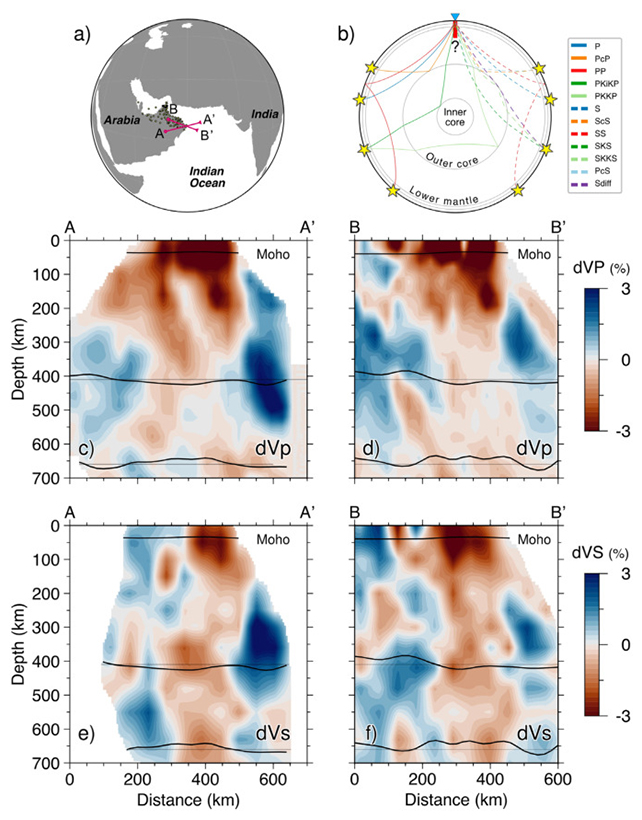Scientists believe they’ve discovered a ‘ghost’ plume for the first time.
Rising from Earth’s core beneath Oman, the unusually elusive column of hot rock shows no surface volcanic activity, unlike typical plumes.
With or without visible disruption on the surface, mantle plumes are thought to play a crucial role in the interplay of heat, pressure, and movement all the way down to the center of the planet.
Understanding ghost plumes and where they’re located can help scientists learn more in areas like plate tectonics, the evolution of life, and Earth’s magnetic field.
“This study presents interdisciplinary evidence for the existence of a ‘ghost’ plume beneath eastern Oman – the Dani plume,” writes the international team of researchers in their published paper.
The first clue came from seismic data: waves slowed down as they passed through the region, suggesting hotter, softer rock below.
Computer modeling and further measurements from the field added to the evidence for a ghost plume, including seismic discontinuities: important geological boundary layers 410 kilometers (255 miles) and 660 kilometers (410 miles) deep, respectively.

According to the collected data, the plume is likely to be around 200–300 kilometers in diameter and as much as 100–300 °C (212–540 °F) hotter than the surrounding mantle. It’s a relatively small, focused patch of rock.
The models suggest the plume may have been around for a very long time, influencing the movement of the Indian tectonic plate some 40 million years ago. The phenomena could still be helping to elevate land in Oman today, the researchers say.
“While individual results alone may appear inconclusive, their collective contribution provides a consistent and robust interpretation,” writes the team.
If this is indeed a ghost plume, the chances are high that there are others around the world, waiting to be discovered. That has implications for the models and calculations experts use to understand geological evolution.
The more common plumes that we know about, with volcanic activity attached, emanate from the core mantle boundary. This boundary is some 2,890 kilometers below the surface, and is the point at which hot material leaks out from Earth’s core.
The findings also suggest that more heat may be leaking from the core than previously estimated, potentially requiring further studies to map out the impact of this over the long term.
“An augmented core-mantle-boundary heat flux bears implications for thermal evolution models of our planet, and potential revisions to account for the distribution of heat-producing elements, including those sequestered in the lower mantle and in the core,” write the researchers.
The research has been published in Earth and Planetary Science Letters.













Leave a Reply